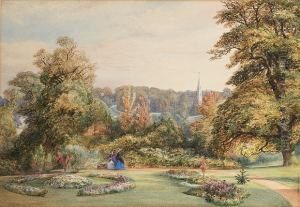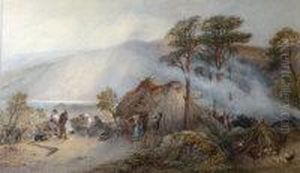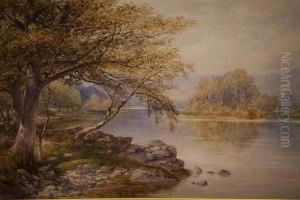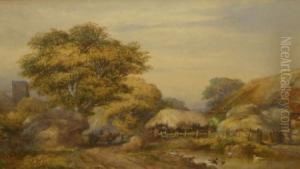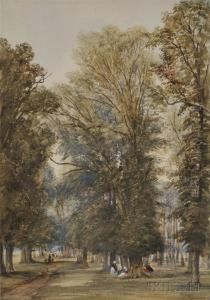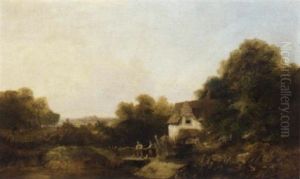Henry Clarke Pidgeon Paintings
Henry Clarke Pidgeon was an English artist, antiquarian, and lecturer born in the early 19th century. His life and work spanned a period of significant change in British society, reflecting the transformations of the Industrial Revolution and the evolving tastes in art and culture. Pidgeon's contributions, though not as widely recognized as some of his contemporaries, provide valuable insights into the intellectual and artistic movements of his time. Born into an era when the Romantic movement was giving way to Victorian sensibilities, his work bridges these two distinct periods, offering a unique perspective on the transition. Pidgeon's interests were diverse, encompassing painting, archaeology, and the study of ancient civilizations, which influenced his artistic and scholarly pursuits. Throughout his life, Pidgeon sought to educate and engage the public through lectures, writings, and his art, advocating for the appreciation of history and heritage in an age of rapid progress and change. Despite facing the challenges of an artist in a competitive and evolving cultural landscape, Pidgeon's dedication to his passions earned him a respected place among his peers. His legacy, though not as prominent as some, remains an important testament to the intellectual curiosity and artistic exploration of the 19th century. After his death in 1880, Henry Clarke Pidgeon's contributions to art and antiquarian studies continued to be appreciated by those with an interest in the intersections of history, art, and culture, marking him as a noteworthy figure in the rich tapestry of English intellectual history.
